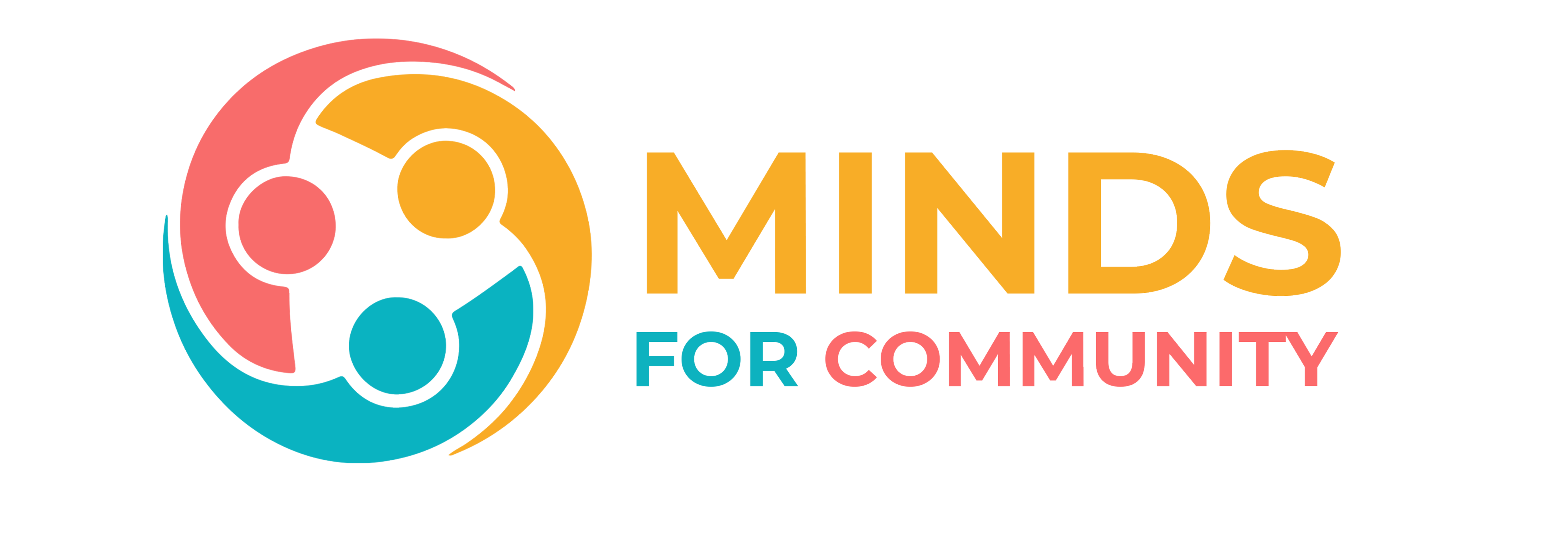Children have different reactions to adverse events in their environment. Culture influences the ways in which we express emotions. In some cultures, for example, it is not appropriate to show strong emotions like crying loudly, while in others it is widely accepted.
Some signs of distress may not be so obvious. Here are some of the signs of distress at different ages. Different children will show different signs of distress.
Common reactions to stress in children
Many of these reactions only last for a short time, and are normal reactions to stressful events. If these reactions last for a prolonged period of time, the child may need specialist support.
Emotional check-ins
To check-in emotionally is to ask children “how they are” in a direct or indirect way. One check-in method is to ask your child to draw or paint a picture. Ask them to tell you more about the picture, what they have drawn, or why they used a specific colour, for example. This may help some children talk about how they feel, whereas other children may be happy to show the picture without discussion, let the child decide.
Activities to reduce stress and support your child’s well-being
These activities can be done with your child to help reduce stress and provide them with positive coping strategies that support their well-being. These activities are also beneficial for you and can be done with your child together.
Belly breathing
Often when we are stressed our breathing becomes shallow, high in our chests, and we forget to breathe deeply into our bellies, or abdomens. Abdominal breathing is very calming and helps us to draw oxygen deep into our lungs.
How to do it:
Place your hand on your stomach
Take 5 deep breaths, spend 5 seconds breathing in and 5 seconds breathing out, breathing in through your nose and out through your mouth
Explain that when your child inhales, they are blowing up their tummy softly like a balloon, and when they exhale the air is going slowly out of the balloon again.
My special place
Sometimes the world around us can feel overwhelming. By taking a moment to imagine being somewhere calm without stress, children can feel less stressed. Here’s an activity to help your child imagine such a place.
How to do it:
Sit or lie down in a comfortable position, close your eyes, and relax
Take several deep slow breaths through your nose and into your belly. Breathe out through your mouth
Keep breathing slowly and softly. Gentle long inhales then gentle long exhales
Listen and follow the story in your mind. Imagine being in the story:
“Imagine that you are standing on a white sandy beach. It’s early in the morning, and everything is quiet. The sun is rising slowly, and you can feel the warm light on your face and your body. You are feeling happy and peaceful. The sand beneath your bare feet is soft and warm. A light breeze strokes your face. The sky is blue and open, and birds are flying and singing above. This place is safe, and you can relax here. This is a place you can always come back to, which is always there, inside your heart. You can visit whenever you want. Now, very gradually, begin to notice your breathing again – the gentle rhythm of inhales and exhales. Notice the feeling of the air on your skin. Very softly begin to wiggle your fingers and toes. Inhale and take a big stretch. Exhale deeply. When you are ready, open your eyes.”






